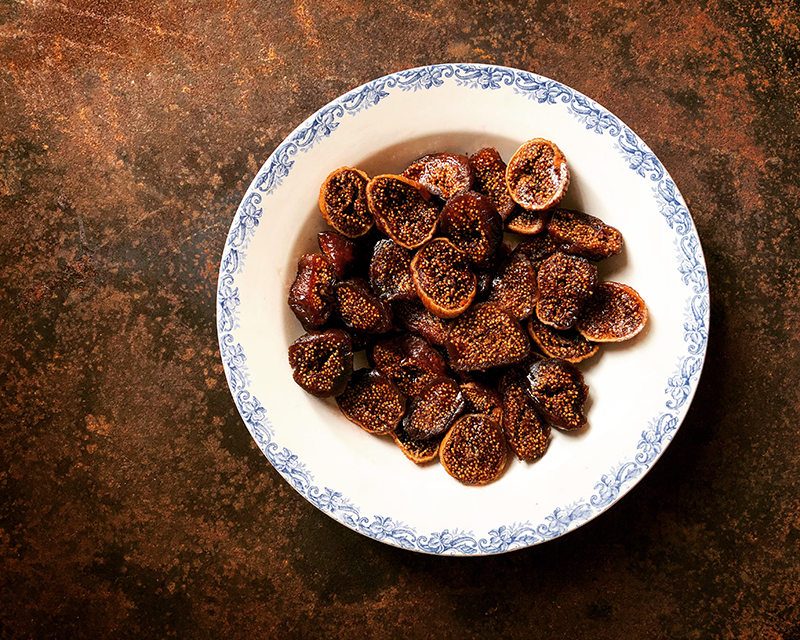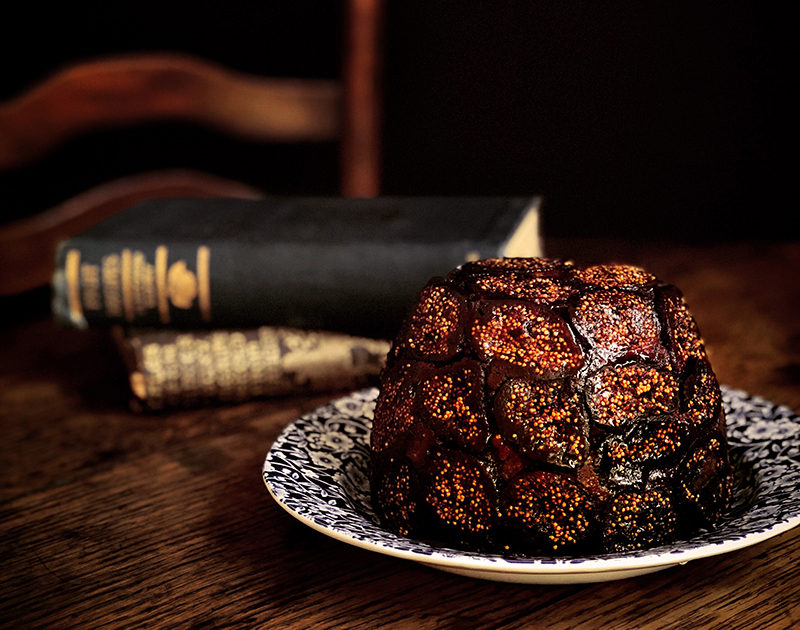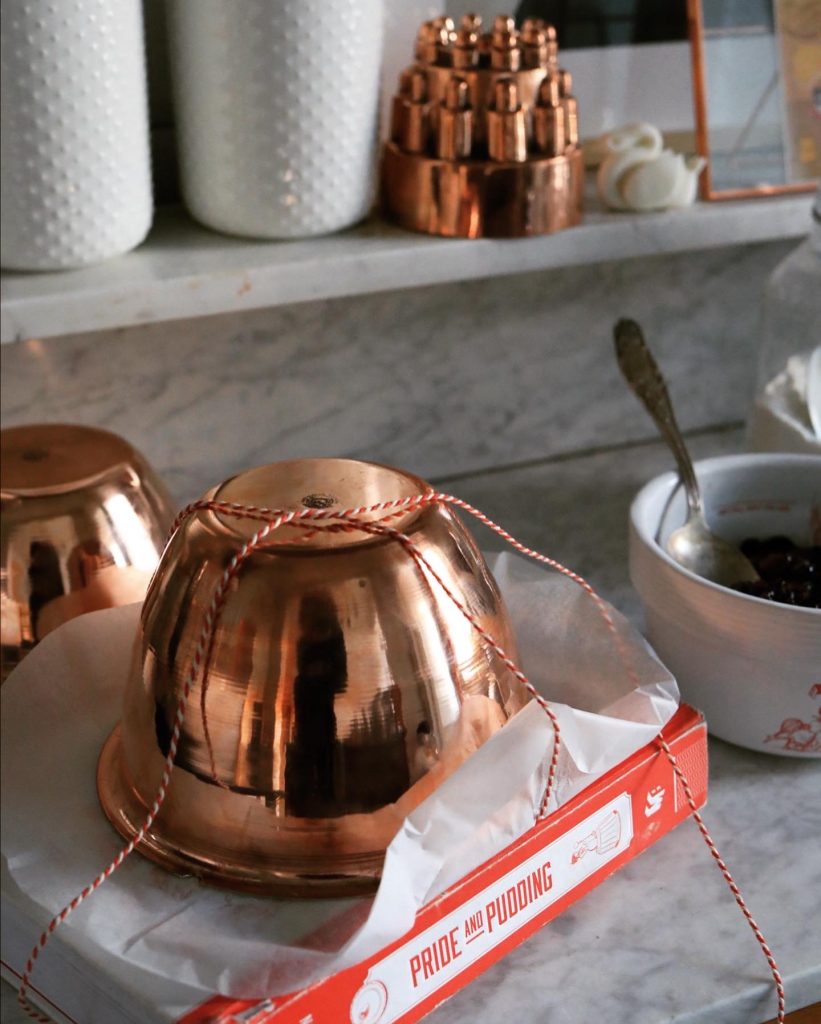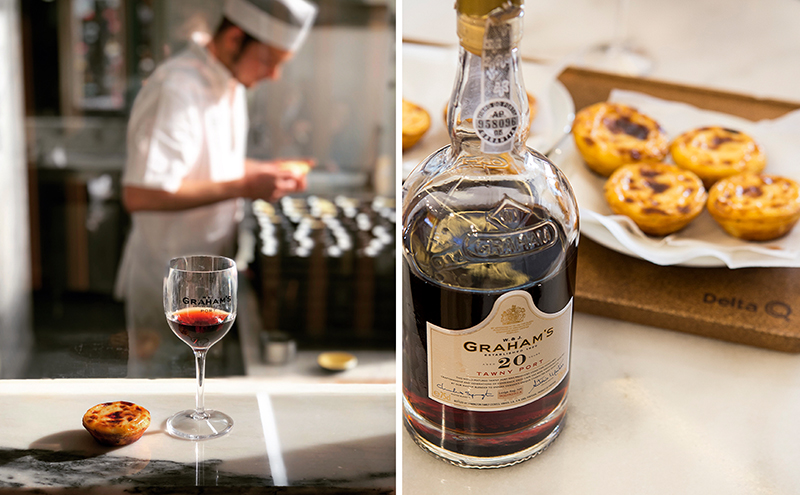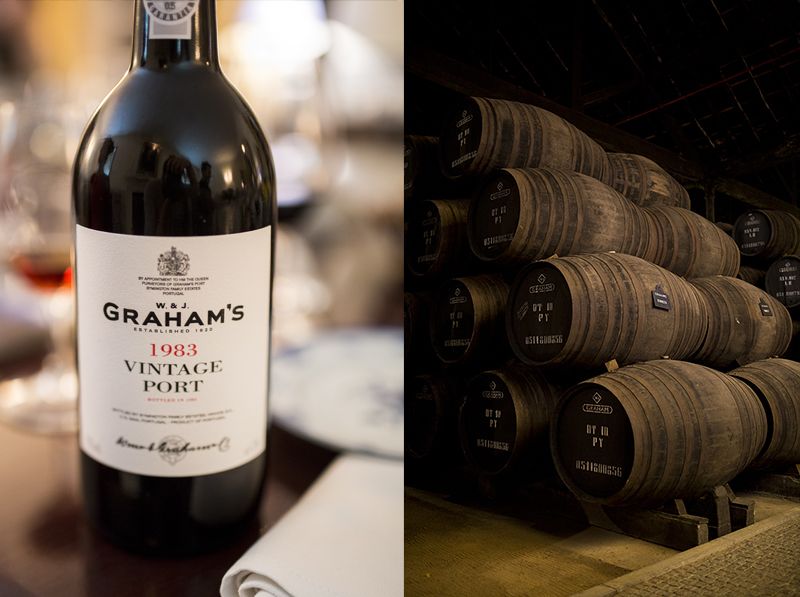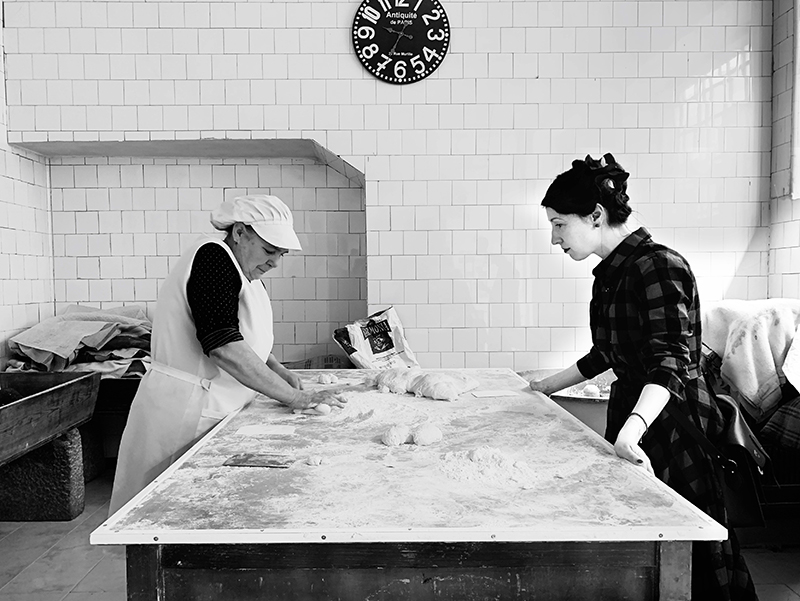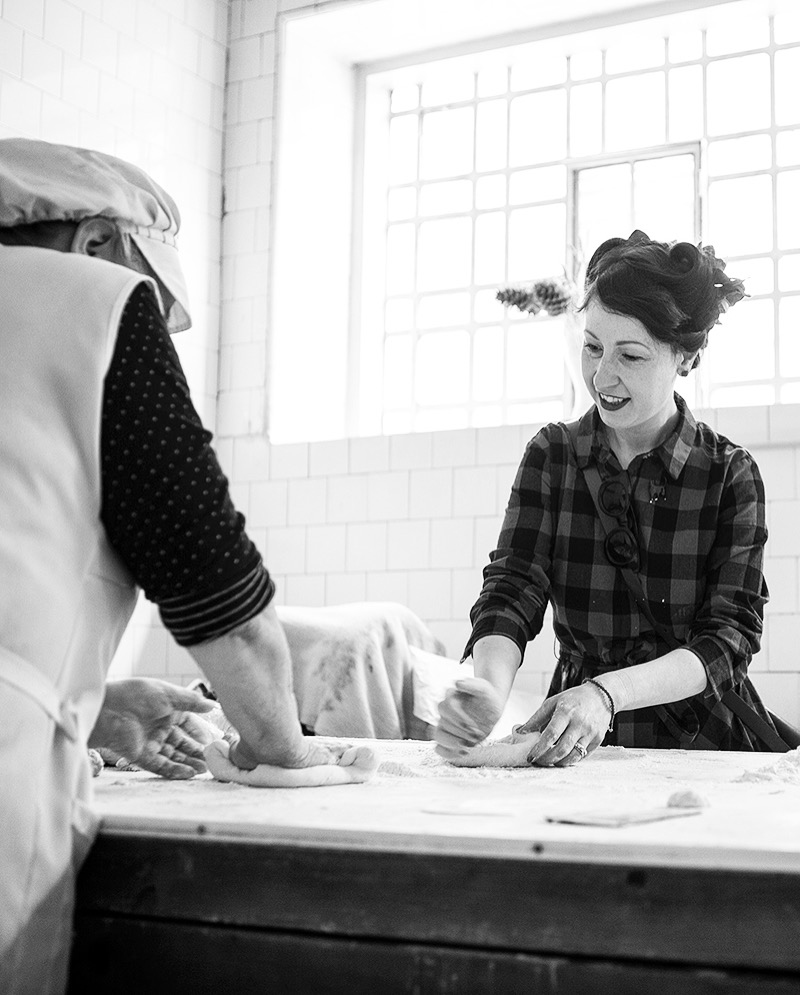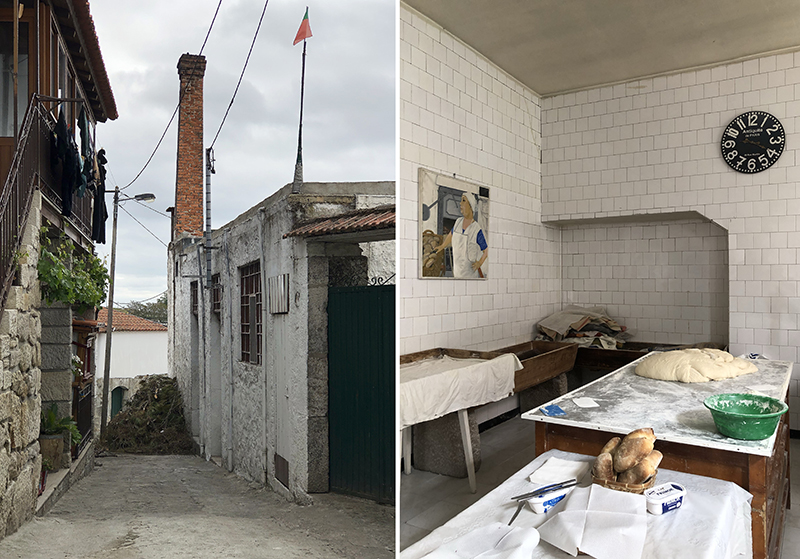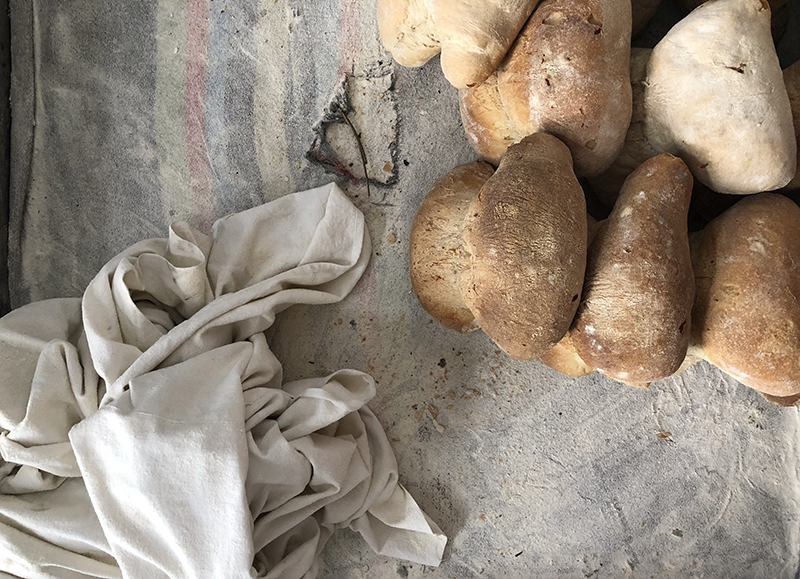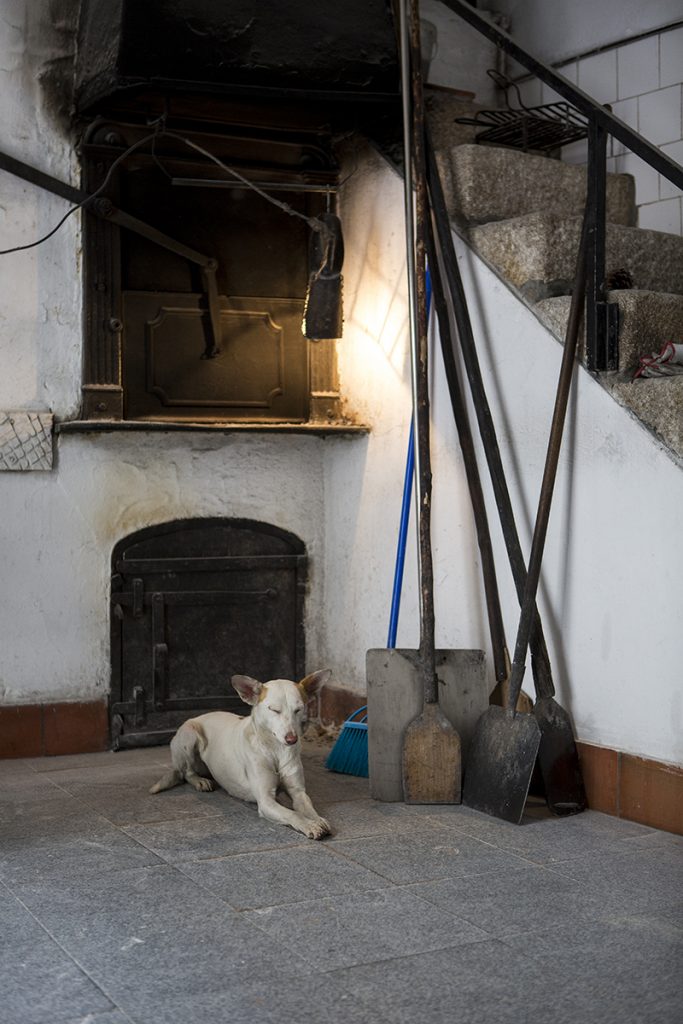The post Mini Chelsea Bun Crowns appeared first on Miss Foodwise.
]]>
I’ve been sharing videos and easy baking ideas on my Instagram @Missfoodwise during these strange times, some will be handy to make things easier for you for when you want to get some thing beautiful and delicious on the table quick. I’ve posted a few recipes from my new book Oats in the North Wheat from the South – which came out in full lockdown and saw all my events in the UK cancelled. Luckily I was able to do my BBC Womans’ hour interview over the phone as I would have been sad to miss is.
I also posted some ideas for overnight doughs so you can prep before bed and bake in the morning for breakfast or lunch. This is one of those bakes (there is also overnight bread buns and quick pan pizza for same day baking) that looks great on your table, looks great to give as gifts – I’ve gifted one of the crowns to my neighbours who are doctors and can use some unexpected cheer and sweetness right now.
These buns are a variation on my Chelsea buns from the book but made so that you can leave the dough at room temperature overnight. If you want to bake them to eat on the same day, add more yeast as explained below.
Makes 3 small crowns
- 6 g dried yeast (15 g if you are baking on the same day, then first rise is 1 hour)
- 300 ml full-fat milk, room temp (lukewarm if you’re baking on the same day)
- 500 g strong white bread flour
- 60 g raw (demerara) sugar or white sugar
- 1 tsp ground cinnamon (or use pumpkin spice instead of the spices)
- 1/4 tsp ground mace
- ¹⁄8 tsp ground coriander
- 70 g butter, at room temperature, cubed
- 1 egg
- 5 g fine sea salt
For the filling
- 3-4 tbsp lemon curd
- 2 tbsp fine sugar
- Chopped hazelnuts
- Milk for brushing
For the sugar syrup
- 60 g (2. oz) raw (demerara) sugar or
- white sugar
- 5 tbsp water
- caster (superfine) sugar, for sprinkling
Method
Combine the flour, yeast, sugar and spices in a large bowl or the bowl of an electric mixer fitted with a dough hook and put the butter on top. Pour half of the milk over the butter and start kneading. When the milk and butter are completely absorbed, add the rest of the milk , along with the egg. Knead for 5 minutes, then let the dough stand for a few minutes (at this point it will be very wet). Add the salt and then knead for 10 minutes, scraping the dough off the dough hook and side of the bowl if needed, until the dough has come together in a smooth and elastic dough that is not too dry but also not terribly wet.
Cover the dough and set aside for 1 hour until it has doubled in quantity – OR WHEN USING THE OVERNIGHT METHOD: cover the bowl with the dough with plastic and leave until te morning at room temperature.
Line the baking tin or pan(s) with baking paper. Towards the end of the resting time, or in the morning, preheat the oven to 210°C
Divide the dough in two and shape one piece to a rectangle, roll out as thinly as possible, making sure you keep the shape (I’ve posted a video on my instagram feed @Missfoodwise)
Spread the dough with half the lemon curd, sprinkle over half the sugar and cover in half the chopped nuts. Divide lengthwise in 3 cm strips and roll those over to fill your tin(s) or pan(s) with. Do the same with the other half of the dough and then brush the buns all over with milk. These buns do not need to rise as we want the layers thin, so you can now immediately bake them! However if you like you can of course let them rest for an hour, or more, and your layers won’t be as thin.
Bake for about 20 minutes until golden brown, meanwhile prep the sugar syrup by heating the sugar and water in a small saucepan until the sugar has dissolved. Brush the buns with the sugar syrup as soon as they come out of the oven and then decorate with either coarse sugar, tiny sugar nibs, more nuts or leave plain and shiny!
The next day the buns are easily reheated in a hot oven for 5 minutes, they’ll taste freshly baked!
Enjoy!
Follow me on Instagram to stay up to date with videos etc, my new book is for sale over here >
The post Mini Chelsea Bun Crowns appeared first on Miss Foodwise.
]]>The post Figgy Pudding for my ‘National Trust Book of Puddings’ appeared first on Miss Foodwise.
]]>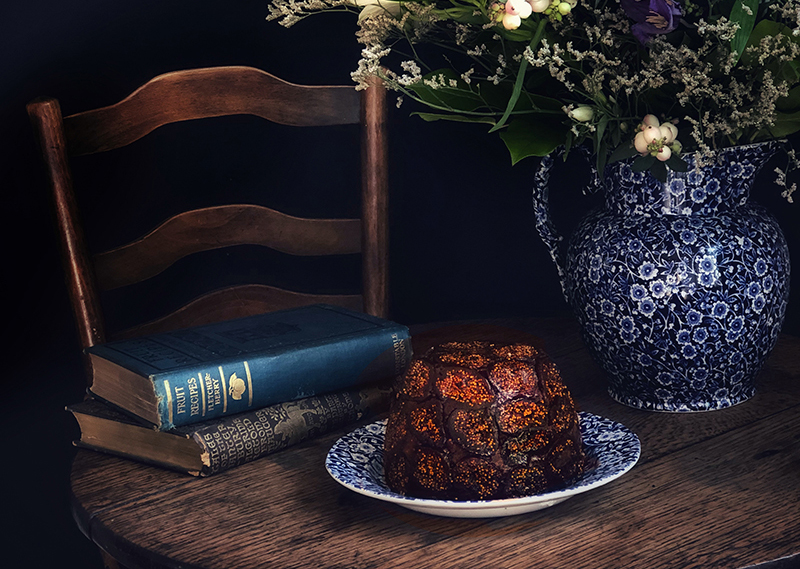
Today is Stir-up sunday and the most important day on the pudding calendar. Today is the day to prepare the Christmas pudding, or plum pudding. Why this should be done a month before Christmas is something I’ve written about in a previous posting here and in my book Pride and Pudding. But this year I wanted to give you an alternative to the traditional plum pud.
A figgy pudding is just another name for a plum pudding – and both of them generally refer to puddings made with raisins or currants and no figs at all. However there have been recipes for figgy pudding in the late 19th century, but those recipes did refer to puddings made with figs and didn’t give a recipe for plum pudding. Using dried figs, this results in a dark and luxurious winter pudding. Why not have this as your pudding on Christmas day for a change this year?
This is a recipe from my little book the ‘National Trust Book Of Puddings‘ which was published in april (2019).
Maybe you have noticed on instagram or you have spotted one of my previous post about the copper pudding basin I developed with the people from Netherton Foundry? It creates a perfect pudding because copper holds the heat much better than ceramics do. It is a pudding basin for life, and one to pass on to your sons and daughters, because this is seriously durable and also incredibly pretty. To find out more about the copper pudding pot, go over to Netherton Foundry’s website here.
Figgy Pudding – from my book ‘The National Trust Book of Puddings’
- 400g dried figs
- 3 tablespoons golden syrup
- 120ml red wine
- 20ml Cointreau
- 60g currants
For the pudding
- 110g plain flour
- 60g shredded suet
- 120g brown sugar
- 60g fresh breadcrumbs
- 1 teaspoon baking powder
- 1/2 teaspoon ground nutmeg
- 1 teaspoon mixed spice
- Pinch of salt
- 2 eggs
- 75ml stout or porter beer
Method
Start the day before you want to make the pudding. Put the figs and golden syrup into a saucepan with the red wine and Cointreau and bring to a simmer for about 5 minutes, stirring to immerse the figs in the liquid. When the figs have softened, remove them and set aside while simmering the liquid until it becomes syrupy. Cut any tough stems off the figs, then halve the figs and put them in the syrup to soak overnight. Soak the currants separately in a little water. It is also best to mix the pudding a day or a few hours in advance. Mix together all the dry ingredients in a large bowl, then add the eggs, currants and stout and mix well by gently stirring with a wooden spoon.
Prepare a 1.1-litre pudding basin for steaming and preheat the oven to 160C. See how to prep a pudding basin on this post about Christmas pudding here >
Arrange the halved figs all around the basin. Chop any leftover figs and fold them into the pudding mixture then spoon the mixture into the basin, cover and steam in the oven for 3 hours.
When done, turn the pudding out on to a plate. Warm any leftover syrup and drizzle over the pudding. Slice and serve with custard or clotted cream.
The post Figgy Pudding for my ‘National Trust Book of Puddings’ appeared first on Miss Foodwise.
]]>The post A remedy for a dry throat: Papo Secos and Port appeared first on Miss Foodwise.
]]>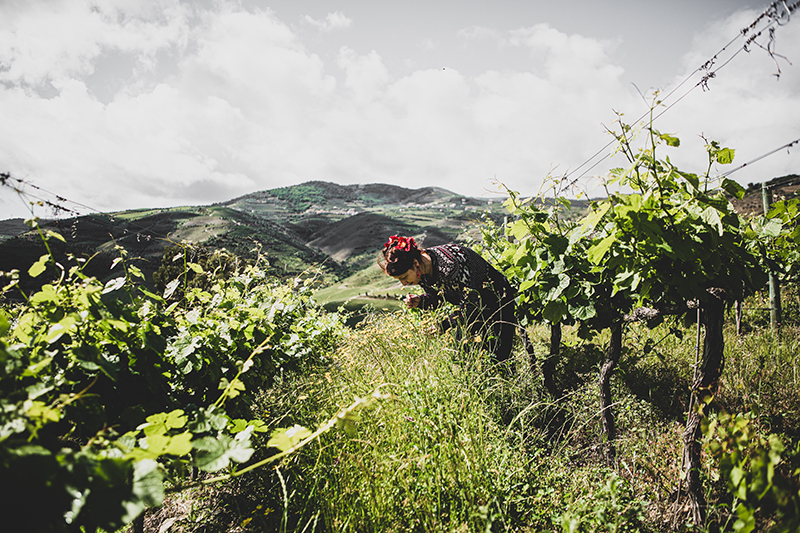 Not long ago I travelled to the incredible Douro Valley in Portugal where I was a guest of the Symington family, a family business who owns several port and wine vineyards or ‘quinta’ in the region. Our focus this time was on Graham’s port, for whom I also hosted an event in my house this month.
Not long ago I travelled to the incredible Douro Valley in Portugal where I was a guest of the Symington family, a family business who owns several port and wine vineyards or ‘quinta’ in the region. Our focus this time was on Graham’s port, for whom I also hosted an event in my house this month.
We arrived in Porto at the location where all the barrels and bottels are resting. An impressive cellar with barrels and tall ‘foedre’ as far as the eye can see, on the side wall there are barred cells with vintage ports that date back to the early decades of the last century. In the air there is the smell of ageing wood, must and a deep dark scent of port wine.
After lunch and on our way to the Douro valley, we make a stop to experience the delights of the traditional ‘pastel de nata’ or custard tart paired with a 10 year old port. My travel companion, prolific pastry chef and chocolatier Joost Arijs and I are glued to the glass window that separates us from the pastel bakery. There is no way to keep someone with his profile and a Bake Off judge and author of several books on baking away from where the action is. We walk the steep streets of Porto slightly tipsy, the delayed flight and boozy lunch with port pairing certainly got to our heads, but since all of us have had busy lives at home, it is a welcome opportunity to unwind.
There is just a sigh of light left in the Douro Valley when we arrive at the calm riverside village. Dinner is traditional dried salted cod and the Symington family’s wines to go with it. On the table I spot the bread basket, something that makes me weak in the knees when done well. There are a couple of huge breads in there, looking like a baby’s bum. I stare at them but am so full with the late lunch, custard tarts and salted cod that I can’t even fit dessert in, let alone a baby’s bum sized bun.
The next morning I wake up from the light peeping through the shutters of my room in one of the Symington’s family homes. Opening the shutters on an early morning in a quiet house where everyone is still asleep, letting in the crisp air is like breathing in life itself and with the view over the vineyard that greeted me I had to stop and take it all in. Downstairs breakfast waited for us, with juice made from the oranges growing in the garden and a basket of buns to make me weak at the knees again. On my plate, a large baby’s bum bun, I tear the two halves apart and smear the crusty bread with butter… few things are better than the simple delight of good bread and good butter.
After a walk around the ‘quinta’ or vineyard we make our way down the village, around the quaint church towards a surprise… a bakery.
A small alleyway full of twigs and the chimney towering over the view towards the back, inside we are greeted by a woman and her daughter. Donna Rosalina is a woman someone should make a movie about; as a young woman she was the maid of Portugals last dictator Antonio Salazar (1932 to 1968) and she was so beautiful that she was featured in many magazines of the 1970’s when the story came out that after Salazar died he had left money to his former staff, including to his maid Donna Rosalina.
Donna was able to buy her own bakery and today she bakes around 600 of the baby bum buns a day on her own. The buns, I learn are called ‘Papo Secos’ which translates to ‘dry throat’. The bakery is fitted just with a large wooden table, a rack for the buns to rise and two wood fired ovens which explain the twigs in the alley by the entrance. Donna sees me focussing on her craft as she kneads and shapes the ‘Papo Secos’ in a speed that is impossible to follow. She hands me a piece of dough and we shape buns together. I can’t quite follow her technique even though I am quite experienced with dough, she patiently tries to teach me with a smile in her face that shows me the beauty the magazines spotted back in the 70’s. Behind her on the wall hangs a painted portrait of her, pictured as a strong powerful woman, the image is royal and far from the warm woman I have in front of me. She explains in Portugese how she enjoys that I want to learn from her. When the previous batch of buns comes out of the oven on a massive peel, she offers us a special port she and her family produce, to cure the dry throat of the ‘Papo Secos’. I wish I could stay with her for a week and hopefully be half as fast shaping perfectly shaped baby bottom buns. I figured out a recipe and have posted it below for you to try.
But there is much more to explore on our trip so off we go on an exciting drive through the Douro Valley. Philipe, our guide explains that there is a Portugese saying that goes like this: “God created the world, man created the Douro.” And it was the British who came to develop port wine during the war with France, making port a Portuguese/British product. This is the reason for all the English sounding port names like Graham’s, Dow’s, Warre’s and the amusingly sounding Cockburn’s. The first Symington, Andrew James Symington arrived in Portugal in 1882 aged just 19 as the son of Scottish parent. After working for Graham’s for a while AJ set up a small port shipping operation under his own name and in 1891 he married Porto-born Beatrice Leitão de Carvalhosa Atkinson, whose grandfather had been a port producer and shipper since 1814 and whose Portuguese mother was descended from the pioneering port merchants of the 17th century. Today it is the 5th generation of the Symington family and they can trace their lineage back through 14 generations, all the way back to 1652 to the earliest days of the history of port.
The regionality of the product, the Douro valley is important but while it is said by Port makers that the vintage is the Douro in a bottle, the tawny is the work and art of the cooper and blender. The first wine made from the grapes from the Douro vineyards needs to rest in the cold winter of the Douro valley for 6 months and then it is transported to Porto.
Before the dam in the river was built the Douro was an extremely dangerous and difficult river to navigate the long shallow ships filled with barrels on. The ships were pulled with cattle and the journey to Porto could take 2 weeks. In the vineyard work was hard on the terraces on which the vines traditionally grow, women would pick the grapes and the men would carry the 50kg baskets on their back. But even though today the Douro is a quiet and quant river, some things don’t change. Due to the nature of the Douro, grapes can still not be picked in any other way than by hand.
What struck me was the amount of flowers growing around and in between the terraces, Philipe explained to me that even though the Symington family’s vineyard don’t have a bio-dynamic label (although one port vineyard and one of the Altano wines has an organic label making Symington the largest organic producer in the region), the company has been trying to work in the bio-dynamic philosophy for many years, working with flowers instead of pesticides to get rid of certain diseases and harmful bugs. The Douro is dryer than other wine regions, so they need to intervene less anyway. Bees however are a welcome visitor and enjoy the diversity of the vineyards.
What is mechanized is the threading, or pressing of the grapes. But one of the Symington’s vineyards ‘Quinta do Vesuvio’ still does it by hand – or by feet- wearing a kilt, marching then dancing on top the grapes in a traditional choreography. I hàve to participate in this one day.
On my trip I’ve not only never had a dry throat because of the many port tastings, I also discovered that a wine we take for granted and buy for a fiver in the supermarket is so incredibly special. Growers don’t only care about the yield, they care about the soil and about traditions. As Philipe said to me Grahams is not about profit, it’s about port. I certainly look different at port having visited the Douro Valley and would suggest you look at Port differently too, play with the flavours like I did on my vintage port and cheese event two weeks ago but also try and find brands you like as they all differ.
Now for the baking of these Baby bottom buns… scroll down
Papo Secos
Makes 12 large buns
- 600 g flour
- 470 g lukewarm water
- 15 g dried yeast
- 2 tsp sugar
- 50 g butter
- 5 g or 1 tsp lard, or more butter
- 5 g sea salt
- Flour to dust
Add the yeast to the lukewarm water and stir briefly and gently to activate it. The yeast will start to foam up in clusters, which means it is ready for use. Combine the flour and sugar in a large bowl or the bowl of an electric mixer fitted with a dough hook and put the butter and lard on top. Pour in half of the yeast mixture and start kneading. When the water and butter or lard have been completely absorbed, add the rest of the yeast mixture. Knead the dough for 5 minutes, then let it stand for a few minutes (at this point the dough will be very wet). Add the salt and then knead for 10 minutes, scraping the dough off the dough hook and side of the bowl if needed, until the dough has come together in a smooth and elastic dough that is neither too dry nor terribly wet.
Cover the dough and set aside for 1 hour until it has doubled in quantity.
Briefly knead the dough and divide it into 12 equal pieces. Take a piece of dough and lightly flatten it on your work surface, then pull the outer parts in like a purse and gently squeeze together like a dumpling so that the dough can no longer split open while rising. Turn the dough over so the squeezed ends are on the bottom. It should be nice and smooth on top – if not, flatten it and start again.
When you have your smooth ball, dust generously with flour and use the side of your hand to carve the bun nearly in two, making sure the two parts are still connected but nearly separated. Place on a tray with enough space between them to allow them to rise.
Cover the tray of breads with a light cotton cloth and wrap it in a large plastic bag (I keep one especially for this purpose). Rest the dough for 1 hour or until the breads have nearly doubled in size. Towards the end of the resting time, preheat the oven to 250° C.
Bake for about 15 minutes until the breads are golden and cool on a wire rack.
The next day, they can be revived in a hot oven for a few minutes. You can also freeze them, thaw and then pop in a hot oven for a few minutes so your breads are just as they were when they were first baked.
You can read more about my trip in NINA magazine from 4 november 2019.
The post A remedy for a dry throat: Papo Secos and Port appeared first on Miss Foodwise.
]]>
